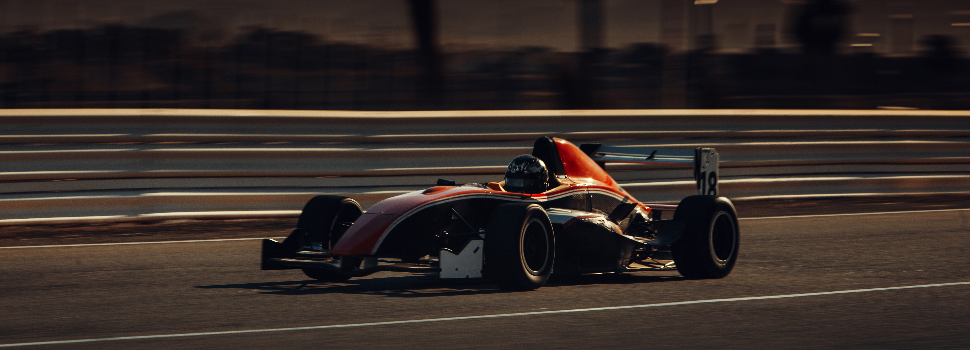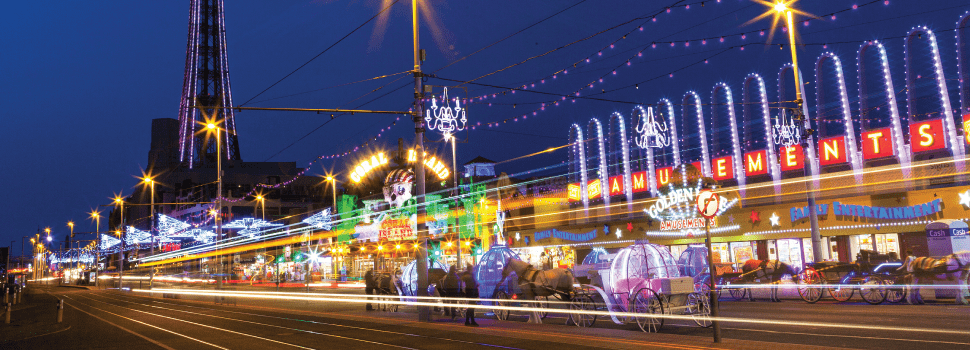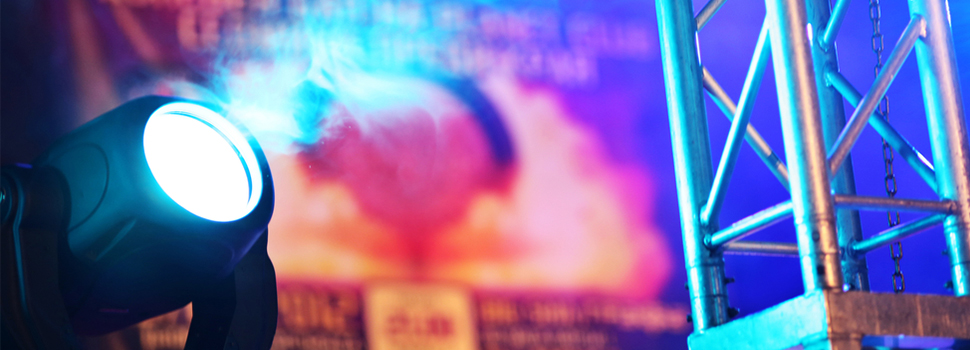
3 key ways that Formula 1 relies on effective power distribution
Here at Rubber Box, we’re proud to have a long and storied relationship with Formula 1, as many of our power distribution boxes are often used in Formula 1 race weekends, which involve the rapid construction of complex, temporary work environments across the paddock, garage, pit lane, and broadcast zones.
Teams, organisers, media crews, and event staff depend on structured electrical layouts to operate everything from vehicle systems to technical workstations, and temporary power distribution plays a central role in this process – which is exactly where our products come in. Distribution boxes provide controlled, circuit-protected access to equipment that ranges from high-draw workshop tools to low-voltage data and comms gear. These systems must be portable, weather-resistant, and adaptable to different layouts from one circuit to the next. So, here’s a quick insight into how the sector relies so heavily on effective power distribution.
F1 relies on power distribution to run garages and paddocks
Formula 1 teams build their own garage environments at each circuit, and these areas include high-load equipment such as tyre heating rigs, charging systems for hybrid components, air compressors, lighting arrays, and precision tooling stations. All of this must be powered through a portable network that delivers the correct voltage and current to each device. Temporary distribution boxes like ours enable crews to segment each zone by load type, equipment function, and usage timing, reducing the risk of overload and maintaining operational consistency across long workdays.
A structured electrical plan is also vital to the wider paddock as a whole. Equipment trucks, hospitality units, storage areas, and driver prep zones all require separate circuits with rated protection and individual feeds. Distribution boxes are mounted in safe-access locations and connected to main supplies using industrial-grade cabling with verified load ratings. This layout enables team infrastructure to scale based on the dimensions of the site, with each piece of equipment energised safely and in the correct sequence.
Pit crews depend on fast access to reliable electrics
Pit equipment includes torque wrenches, starter units, battery carts, cooling fans, and communication stations. Each piece needs to remain charged and functional throughout practice sessions, qualifying runs, and races. Temporary distribution boxes serve as the main feed hubs for these stations. Each box is fitted with multiple protected outlets designed for outdoor environments, allowing all tools to operate simultaneously without downtime or rotation.
Power distribution in pit lane is mapped to avoid foot traffic, prevent trip hazards, and minimise connection loss during high-speed activity. Boxes are mounted on frames or protected areas near the car’s holding zone. All critical tools are plugged into dedicated circuits to ensure that any fault can be isolated and resolved without affecting adjacent systems. Distribution boxes built to IP-rated specifications allow for uninterrupted function in rain, heat, or heavy surface vibration.
Race engineers need protected circuits for sensitive equipment
Now on to race engineers, who operate mobile data centres that manage real-time telemetry, predictive modelling, vehicle diagnostics, and comms systems. These workstations include laptops, servers, timing monitors, and wireless access nodes that require clean, uninterrupted power. Distribution boxes assigned to these systems are separated from general workshop feeds and fitted with surge protection and fault isolation devices.
Each feed is tested prior to use and routed through marked cabling systems to ensure consistent performance throughout the event. Distribution units with segmented outlets allow engineers to assign each piece of equipment to a known circuit, reducing electrical noise and limiting exposure to shared load fluctuation. This prevents loss of signal, lag in telemetry, and overheating caused by voltage variance during peak draw periods such as grid setup and post-session downloads.
This is far from an exhaustive review – but should provide a useful insight! At Rubber Box, we’re proud to have had our products feature heavily in the setups of several major F1 teams. As you can see, not many industries get more demanding than this, and the success they’ve had in meeting the demand just goes to show the quality and versatility of the power distribution systems in our product range.
Feel free to click here to browse our stock, or even request a quote for a bespoke distro you might have in mind!





